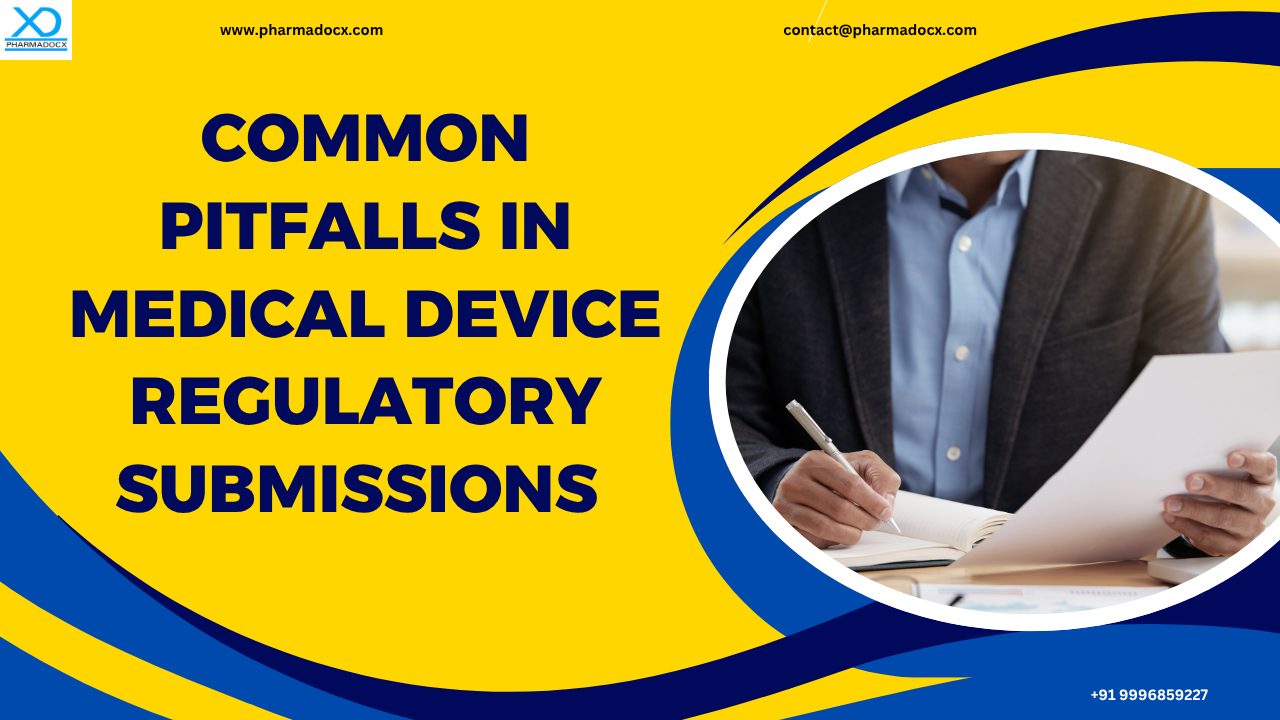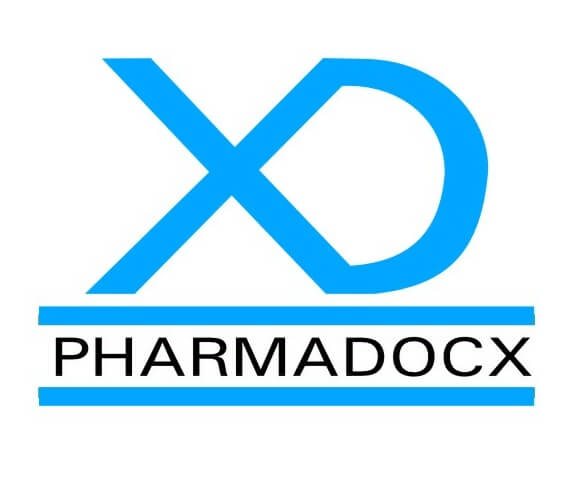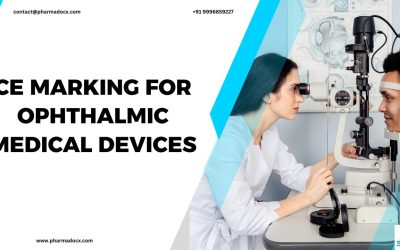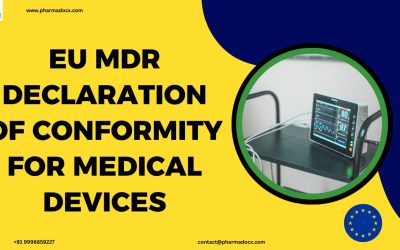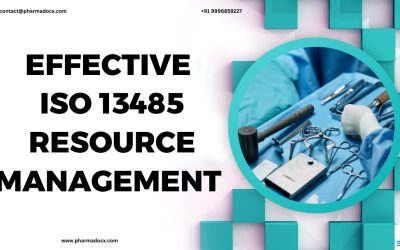We have discussed some of the common mistakes in medical device regulatory submissions. Understanding these common pitfalls will help streamline your application and improve your chance of approval. Additionally, we have provided some tips for avoiding these mistakes.
12 common mistakes in medical device regulatory submissions
- Being unclear on regulatory requirements: Regulatory guidelines vary from product to product and region to region. Different products warrant different regulatory guidelines. Furthermore, each authority whether it is the FDA, EU MDR, or CDSCO has distinct rules, timelines, requirements, and documentation standards. Pre-assuming regulatory requirements are the same across all regulatory authorities can result in incorrect medical device regulatory submissions.
- Incorrect device classification: Medical device class will determine your regulatory pathway. Incorrect classification will lead to incorrect regulatory submission pathway, documentation, guidelines, testing requirements, or clinical demands. Additionally, it will waste time and budget, as incorrect classification will lead to application rejection owing to incorrect pathway.
- Not focussing on regulatory requirements while designing the product: Regulatory requirements should be top priority even while designing the product. Focussing on regulatory requirements after product design will lead to redesigns and costly delays.
- Poor usability: Not focussing on product usability will lead to compromised safety and non-compliance.
- Incomplete or disorganized technical file: The technical file and documentation is required to assess your medical device’s safety, quality, and performance. Missing files or poorly structured documents delay reviews or can even lead to outright rejection of the application. Moreover, skipping the design history file (DHF) may also lead to application rejection. Design history file (DHF) supports your submission and is critical for audits. Hence, omitting it from your application file can have adverse effects.
- Failure to establish a robust QMS: Most regulatory authorities require an ISO 13485-compliant quality management system (QMS). It is vital to demonstrate your product’s quality and efficacy. Hence, most regulatory authorities will not accept medical device regulatory submissions without an ISO 13485-compliant QMS.
- Avoiding risk management integration: How risks are identified, mitigated, and monitored throughout the product’s life has to be highlighted in the regulatory application. Hence, ISO 14971-based risk management is expected throughout the device lifecycle. Risk management strategies should be integrated in design, validation, and post-market activities.
- Inadequate clinical evaluation or evidence: Clinical evaluation is a vital pillar in regulatory review. Hence, weak or irrelevant clinical data can fail to demonstrate device safety and effectiveness, thereby, derail the approval process. Hence, it is vital to align clinical studies with regulatory expectations and ensure robust data analysis is performed.
- Not paying attention to labeling and UDI compliance requirements: Each regulatory authority has specific requirements for medical device labelling unique device identification (UDI). Each region has specific language, content, format, and coding requirements. Hence, overlooking medical device labeling and UDI compliance requirements can lead to non-compliant labeling or missing UDI data. This will lead to immediate application rejection or customs hold.
- Poor communication with regulatory authorities: Transparent communication, clear response to queries, and clarity are vital. Miscommunication can lead to misunderstandings, delays, and even stall the application. This might also lead to a negative relationship with the regulatory authorities that will affect one’s reputation.
- Failure to track regulatory changes: Medical device regulatory guidelines are dynamic and constantly evolving. Regulatory guidelines have to be constantly updated to ensure patient safety and improve healthcare delivery. Moreover, regulatory submissions have to be per the latest regulatory guidelines. Hence, failure to track regulatory changes will lead to submissions that are not based on the latest regulation. This will invalidate your medical device regulatory submissions
- Not focussing on post-market surveillance (PMS) plans: Regulator authorities expect ongoing safety and performance monitoring even after license grant. A weak or absent post-market surveillance (PMS) plan will raise safety concerns.
Best practices for mitigating these pitfalls
Mitigating pitfalls in medical device regulatory submissions requires a proactive, structured, and tailored approach. The applications will have to be prepared keeping target market regulatory requirements in mind.
- Perform a region-specific regulatory gap analysis: Avoids assumptions regarding the regulatory requirements and ensures compliance with local authorities, such as FDA, EU MDR, CDSCO. Perform a country-specific regulatory gap analysis prior to submission. Additionally, stay updated via official guidance and industry alerts. Furthermore, consult local regulatory experts who understand the nuances of each market.
- Maintain robust and traceable documentation: Robust and traceable documentation ensures clarity and completeness for authorities. Structure your documentation using the appropriate format. Additionally, employ document control systems for versioning and approvals. Furthermore, link design inputs to risk management and validation activities.
- Integrate risk management throughout the product lifecycle: Rigorously follow ISO 14971 guidelines. Include risk assessments in design and process validations. An effective risk management strategy demonstrates proactive safety planning. Additionally, regularly update the risk file with CAPA data, complaints, and PMS findings.
- Compliance with medical device labeling and UDI regulations: Check label templates for accuracy, regional language, class-specific guidelines, and compliance with regulatory requirements. Follow industry established UDI systems. Examine whether the labels follow the IFU and packaging guidelines while performing internal audits. Compliance with medical device labeling and UDI regulations will help avoid customs holds and rejection of medical device regulatory submissions.
- Strengthen clinical evaluation and clinical data: Align clinical studies with regulatory expectations. Properly document methodologies, endpoints, and statistical analyses. Moreover, engage with notified bodies for feedback. Sufficient clinical data will support safety and performance claims.
- Incorporate usability into device design early on: Conduct formative and summative usability testing on the medical device. Follow IEC 62366 principles. Properly document user interface risk mitigations. By following these steps, you will enhance patient safety and improve your chances of regulatory acceptance.
- Plan for post-market surveillance (PMS) strategies: Post-market surveillance (PMS) plans will be required to demonstrate ongoing vigilance and compliance post license grant. Most regulatory authorities require medical device manufacturer to have a post-market surveillance (PMS) plan in place. Develop PMS plans and write the reports per regulatory guidelines. Additionally, monitor adverse events and field performance. Collect and analyze real-world data post-launch. Furthermore, incorporate the feedback collected into ongoing risk and performance assessments.
- Stay ahead of regulatory changes: Subscribe to regulatory newsletters and alerts to stay abreast of the latest regulatory changes. Have a team dedicated to track regulatory updates. Hire a regulatory expert to handle all medical device regulatory tasks. This way your application will be per latest regulatory guidelines and will not be outdated.
- Audit design controls and DHF quality: Maintain traceability between design inputs, outputs, and validations. Conduct internal audits prior to submission. These audits will increase inspection readiness, prepare you for the audit, and improve you chance of approval.
- Foster transparent communication with regulatory authorities: Respond promptly to all queries, clarifications, and feedback. Provide additional documentation as demanded. Schedule pre-submission meetings. Document all interactions and feedback from regulatory authorities.
Partner with Pharmadocx Consultants: Your trusted regulatory expert
Hiring a regulatory consultant expert will help avoid the common pitfalls in medical device regulatory submissions. Partner with Pharmadocx Consultants, a renowned medical device regulatory consultant. From accurate device classification and technical file preparation to QMS implementation, license application, and post-market planning, we provide end-to-end solutions tailored to your product and target market. We have extensive knowledge of the global medical device regulations. Drop an email at [email protected] or call/Whatsapp on 9996859227 to hire our team of experts.

